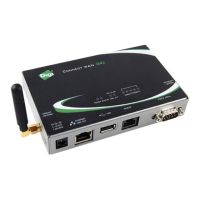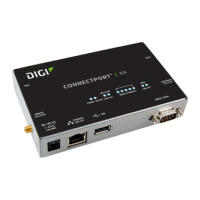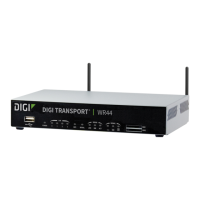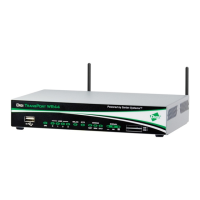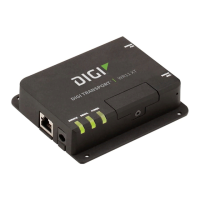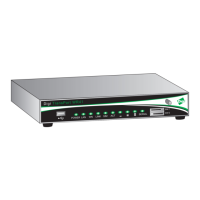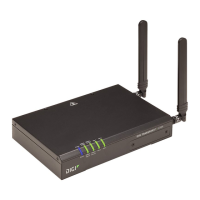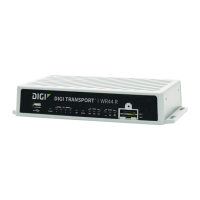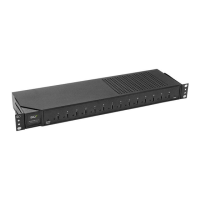Virtual Private Networks (VPN) IPsec
Digi Connect IT® 4 User Guide
315
d. Click to expand ID.
i. Select the ID type:
n Auto: The ID will be automatically determined from the value of the tunnels
endpoints.
n Raw: Enter an IDand have it passed unmodified to the underlying IPsec stack.
For Raw IDvalue, type the ID that will be passed.
n Any: Any ID will be accepted.
n IPv4: The ID will be interpreted as an IPv4 address and sent as an ID_IPV4_
ADDR IKE identity.
For IPv4 IDvalue, type an IPv4 formatted ID. This can be a fully-qualified
domain name or an IPv4 address.
n IPv6: The ID will be interpreted as an IPv6 address and sent as an ID_IPV6_
ADDR IKE identity.
For IPv6 IDvalue, type an IPv6 formatted ID. This can be a fully-qualified
domain name or an IPv6 address.
n RFC822/Email: The ID will be interpreted as an RFC822 (email address).
For RFC822 ID value, type the IDin internet email address format.
n FQDN: The ID will be interpreted as FQDN (Fully Qualified Domain Name) and
sent as an ID_FQDN IKE identity.
For FQDN ID value, type the IDas an FQDN.
n KeyID: The ID will be interpreted as a Key ID and sent as an ID_KEY_ID IKE
identity.
For KEYIDID value, type the key ID.
n MACaddress: The device's primary MACaddress will be used as the ID and
sent as a ID_KEY_ID IKEidentity.
n Serial number: The device's serial number will be used as the ID and sent as a
ID_KEY_ID IKEidentity.
21. Click to expand Policies.
Policies define the network traffic that will be encapsulated by this tunnel.
a. Click to create a new policy.
The new policy configuration is displayed.

